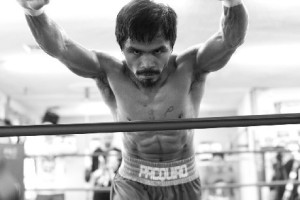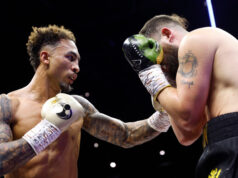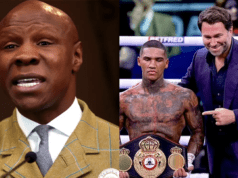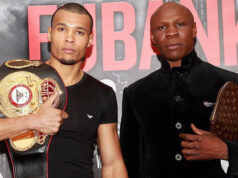Comparing Pacquiao’s Championships to Armstrong’s and Robinson’s and their Eras of Boxing:
One of the cornerstones of Manny Pacquiao’s claim to legendary greatness is his status as the sole octuple champion in boxing history. It is a landmark achievement and worthy of praise, to be sure, just as being the sole seven-division champion was before it. However, in terms of all-time greatness, what does “eight division champion” really mean? To establish that, one must look into boxing’s past and measure how the sport has changed.

Take Henry Armstrong, who was once ranked by The Ring magazine as the second greatest fighter in boxing history. Armstrong’s main claims to fame are his status as a three-division champion, not only holding the 126, 135 and 147 lbs titles, but holding them all at the same time (a feat no fighter has duplicated in the eight decades since) and having defended the welterweight championship more times than any other boxer in history. Armstrong and Pacquiao are both weight class-leaping fighters who did what many considered impossible, but Armstrong did it at a time when there were only eight weight classes and one championship per class.
When Armstrong claimed the World Featherweight Title in October 1937, he had been a professional fighter for more than six years. In many of the fights of his first few years, Armstrong weighed in at less than the 126 pound limit (although also as often at around 130). If he were a modern fighter, with access to double the number of weight divisions and the ability to choose between three or four different titles, Armstrong would surely have won titles at 122, 126, 130, 135, 140 and 147 lbs, as all of these were divisions within his historical championship “band.” It is not inconceivable that Armstrong could have snatched a title at 154 lbs as well, which would have made him a seven-division champ.
Sugar Ray Robinson would have gone beyond even that. Robinson started his career as a lightweight. During his first year — his first twelve months — as a professional boxer, he fought 25 times at weights between 135 and 147 lbs and defeated a former welterweight champ, a future welterweight champ and the reigning lightweight champion. Truly it was a different era, but for the purposes of this inquiry, it was an era without the 130 lbs, 140 lbs and other similar divisions. Sugar Ray’s walking around weight wasn’t that far from his fight night weight, as demonstrated by the fact that he fought on average twice a month. In the modern context, his “historical band” would mean claiming titles at 130, 135, 140, 147, 154 and 160. Given that Robinson nearly dethroned Joey Maxim (and would have in a modern 12 Round fight), and that fighters like Sugar Ray Leonard and Tommy Hearns claimed 168 and 175 lbs titles, I think it is safe to say Robinson would have picked up those belts as well. That would have made Sugar Ray Robinson an eight-division champion, just like Manny Pacquiao.
An exercise like this is useful, because it puts things in perspective. Pacquiao is clearly an all-time great, and deserves to stand among a very rarefied crowd (and standing in the same category as Robinson and Armstrong is rarefied to be sure). However, the comparison indicates that Pacquiao has accomplished the eight-division championship feat only because of the existence of 16 weight classes and four world championships per division, a circumstance that has only existed since the 1990s. If some of the past greats clearly would have come close to, equalled or even exceeded this standard, it only stands to reason that another fighter sometime in the future will eventually do the same.










